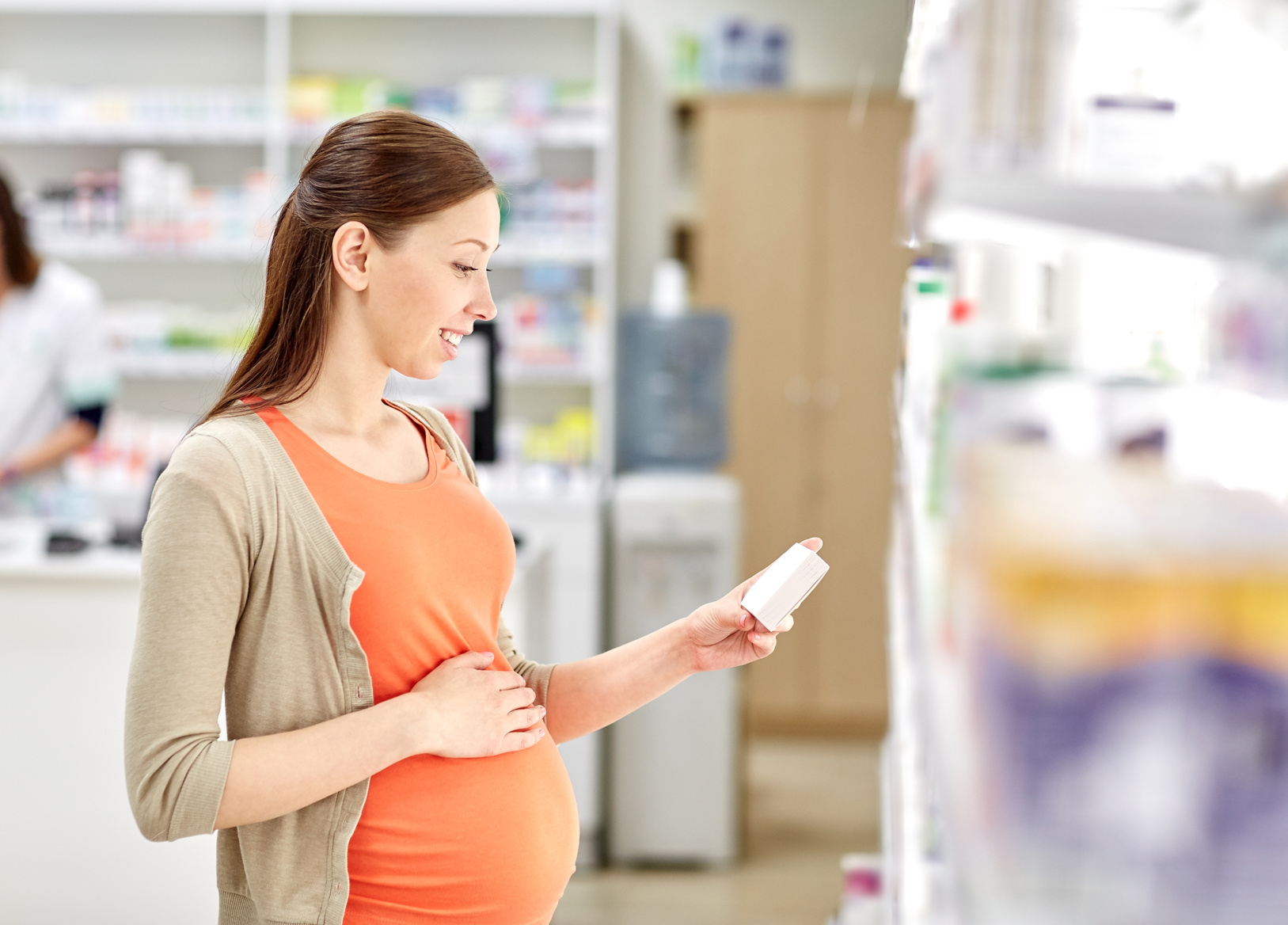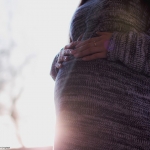Many of the newer antiepileptic drugs (AEDs) have uses beyond the treatment of epilepsy. Topiramate (marketed as a Topamax), in addition to its use for the treatment of epilepsy, is now being prescribed to reproductive aged women for a broad spectrum of indications, including migraine headaches, weight control, and mood stabilization. Limited information is available on its reproductive safety; however, the preliminary data we do have raises some concerns regarding the use of topiramate in pregnancy. Studies have revealed increased rates of major malformations, as well as an increased risk of oral clefts.
Another AED, levetiracetam (LVT, marketed as Keppra), is also used as a mood stabilizer. In contrast to the data on topiramate, a report from the U.K. and Ireland Epilepsy and Pregnancy Registers suggests that the risk of malformations was low in a group of 304 infants born to women on LVT monotherapy during pregnancy. Data from the North American AED registry has shown similarly low rates of malformation in children prenatally exposed to levetiracetam: 2.4% (11 of 450).
Adding to this body of information on the reproductive safety of these two AEDs is a recent study from the United Kingdom which examined the effects of prenatal exposure to levetiracetam, topiramate, and valproate on child cognitive functioning. In this cross-sectional observational study, children prenatally exposed to monotherapy with levetiracetam (n = 42), topiramate (n = 27), or valproate (n = 47) were compared to a group of children born to women who had untreated epilepsy (n = 55) from the UK Epilepsy and Pregnancy Register. Blinded neuropsychological assessments of the children were conducted between 5 and 9 years of age.
In the adjusted analyses, prenatal exposure to levetiracetam and topiramate were not found to be associated with reductions in the children’s cognitive abilities. Consistent with previous studies, prenatal exposure to valproate was associated with worse cognitive functioning, with poorer full-scale IQ (-10.6) , verbal abilities (-11.2), nonverbal abilities (-11.1), and expressive language ability (-2.3). The worst outcomes were seen in the children exposed to the highest doses of valproate.
While this study was relatively small, including only 42 children exposed to levetiracetam and 27 to topiramate, the results were statistically significant and largely reassuring for these two AEDs. Larger numbers of exposures may be required to detect more subtle differences in cognitive abilities.
As for valproate, this is yet another study which demonstrates that the use of valproic acid during pregnancy carries significant risks in terms of its negative effects on organ formation and neurodevelopment. Thus it is a clinical dilemma when we must make recommendations regarding treatment for a woman who has been stable on valproic acid and is pregnant or planning to conceive. In women who have responded to valproic acid, it is often not clear if they will respond similarly to lithium or other anticonvulsants which may have a better reproductive safety profile. While the data on the reproductive safety of levetiracetam is generally positive, it remains to be seen if this anticonvulsant will be a good substitute for women stabilized on valproic acid.
Ruta Nonacs, MD PhD
Bromley RL, Calderbank R, Cheyne CP, Rooney C, Trayner P, Clayton-Smith J, García-Fiñana M, Irwin B, Morrow JI, Shallcross R, Baker GA; UK Epilepsy and Pregnancy Register. Cognition in school-age children exposed to levetiracetam, topiramate, or sodium valproate. Neurology. 2016 Aug 31.[Epub ahead of print]








Leave A Comment